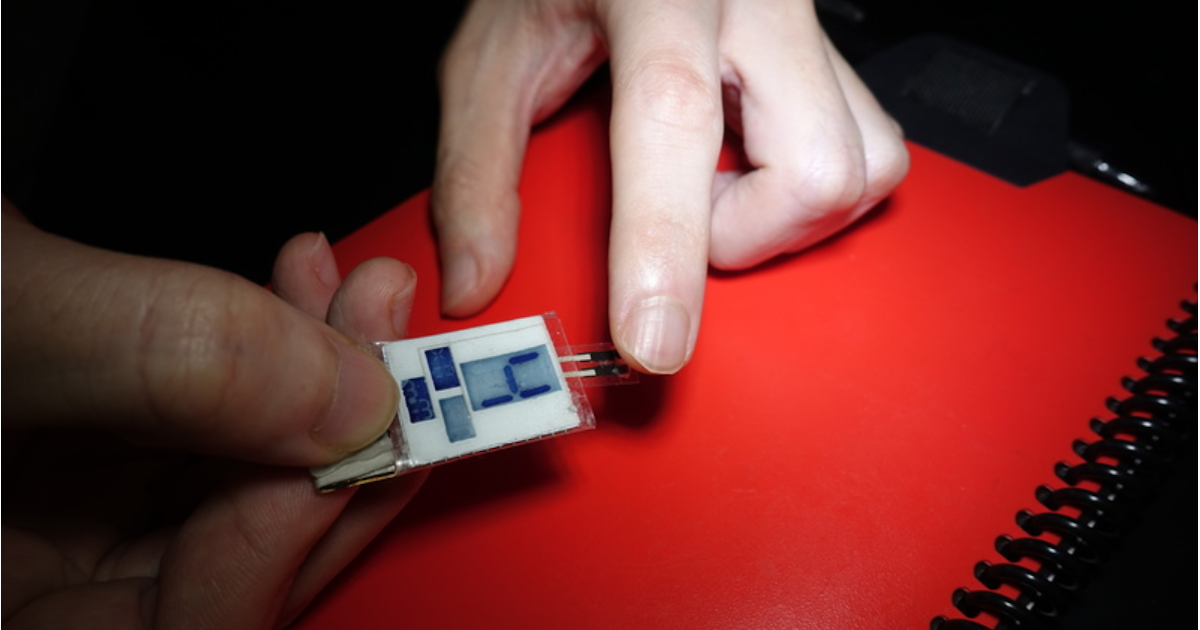San Diego – A newly developed device that extracts energy from the sweat on fingertips – even when a person is asleep. The device is affixed with plaster-like tape and uses a biofuel cell to generate an electric current from bits of sweat. Another component also generates electricity from mechanical stress, scientists working with Joseph Wang of the University of California, San Diego, reported in the journal Joule.
The sweat glands on the fingertips are closer together than in other areas of the skin. According to researchers, the tip of a finger can secrete 80 to 160 grams of sweat per hour. “Creating more sweat on our fingers has evolved to help us control things better,” the magazine quoted first author Lu Yin as saying.
sleep energy generation
Wang and his colleagues used a biofuel cell and also developed a foam made of carbon nanotubes through which sweat could rise. This foam forms an electrode, which becomes the anode when lactate oxidase enzyme is added. Here, the lactate from sweat is chemically converted and energy is generated from it. This production of small amounts of electrical energy from the environment is called “energy harvesting”.
When you sleep about ten hours, the device generates approximately 400 millijoules of energy. A single pressure on the finger produces about 30 millijoules, because in addition to the biofuel cell, an element that generates electricity from mechanical pressure is also built. The researchers estimated that the body takes about 0.5 millijoules to click a finger, with 30 millijoules making up 6000 percent of the energy used. “You can forget about the device and go to bed or do office work like writing while still generating power,” Wang says.
The device is intended for use during every daily activity
To show what the obtained energy can be used for, the scientists connected the device to a vitamin C sensor and a simple electrochromic screen. The biofuel cell generated enough electricity to power both the sensor and the display. The researchers were able to measure the subsequent increase and decrease in the concentration of vitamin C in the sweat of a person tested taking a vitamin C pill. They also measured the sodium content of sweat in a similar way.
“We envision this device could be used for any daily touch activity — things a person would normally do at work, at home, while watching TV, or eating,” Wang said. Scientists can imagine incorporating the device into a light glove and thus powering various types of portable electronic devices.

“Certified tv guru. Reader. Professional writer. Avid introvert. Extreme pop culture buff.”







More Stories
Samsung Quantum Dot TV: Art meets technology
Pitch: €56m for energy startup Reverion
Plastoplan: Plastics for Energy Transition